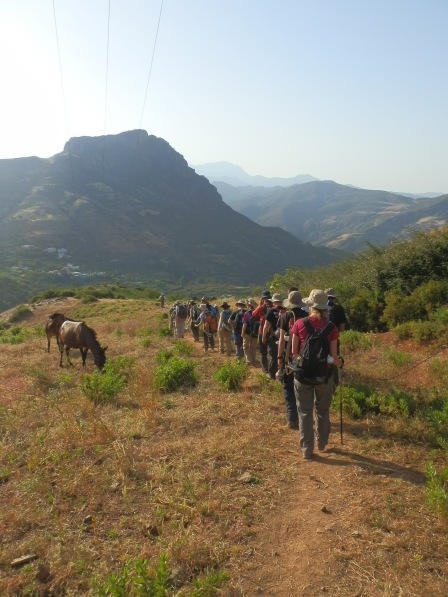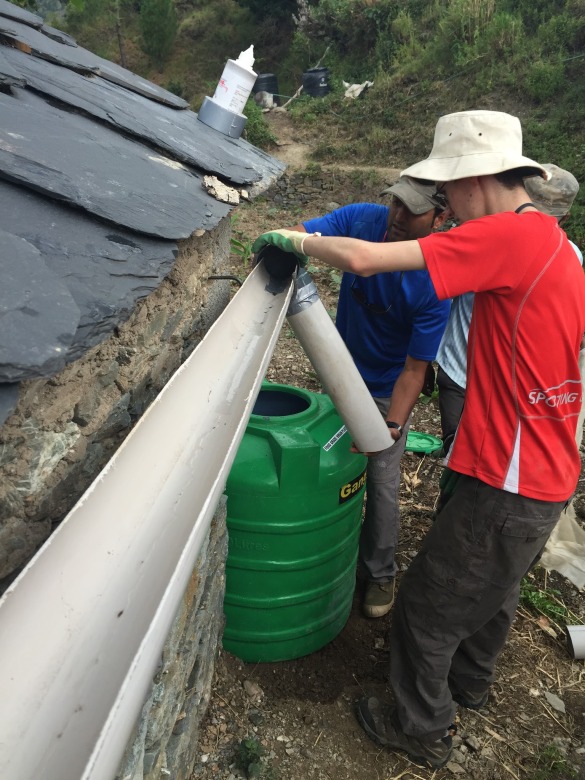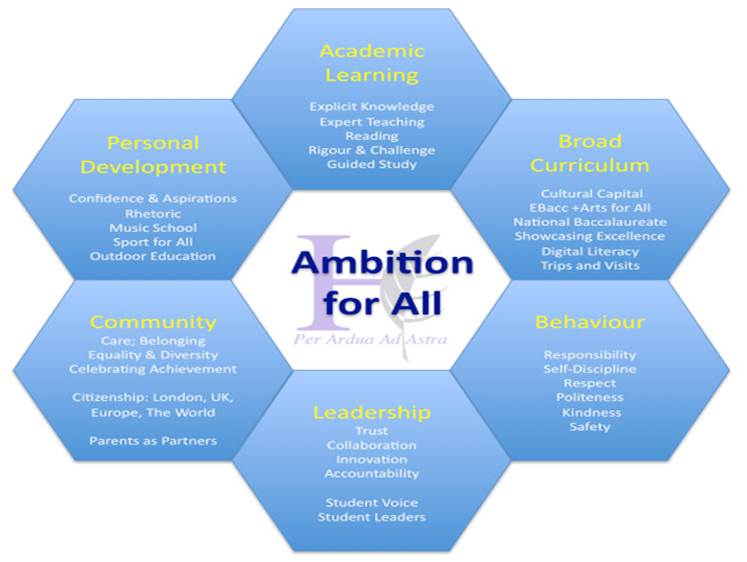In the past few weeks, I’ve been working with my Year 11 class on recall and retention of key quotations from ‘Macbeth’- keeping in mind Hattie’s ‘Visible Learning for Literacy’ and Hattie/Donaghue’s Learning Strategies. Essentially, I wanted to do the following with my class:
- Increase student retention of key quotations
- Increase student knowledge and understanding of the whole text
- Boost confidence with low stakes ‘easy win’ testing, especially where my more challenging students are concerned
- And finally- get the balance right between surface and deep learning by establishing a ‘rhythm’ to the lessons. Or, as ‘Visible Learning’ puts it:
‘If you turn too quickly to the next set o’ facts, without giving students sufficient time and tools to go deeper, they will quickly learn that surface learning is what you value, and in turn, surface learning is all you will get.’ ( Hattie, Frey, Fisher ‘Visible Learning for Literacy’ (2016))

The Process
Firstly, each student received a little yellow ‘test’ book. They loved these, and came over all nostalgic for primary school spelling tests.The notebook is where they record answers to a series of tests that (hopefully) fall into a rhythm over the course of a week. To get students used to the process of using their test book, I started simple by gauging prior knowledge of ‘Macbeth’- students wrote down anything they knew about the play in their main workbook. I wrote down any misconceptions (e.g. King Duncan kills Macbeth…) with a view to crossing off any ‘mistakes’ when our knowledge of the play had improved. We then read a text on the historical context of ‘Macbeth’, looking at details like the Gunpowder Plot. During this stage, students were encouraged to highlight key information/underline important facts- for this I looked to a blog from @PeterMDeWitt which helpfully outlines the best strategies to use for surface/deep learning. Next, students had to shut their books. This terrified them- I think they had a sense that their knowledge was going to be put to the test.
- They had to summarise what they had just read in their workbook. Most of them hadn’t been prepared for this, so we had to repeat this stage. This wasn’t a problem as it led to some useful discussion about how quickly we can forget information we read.
- They then looked back at the original text, using a red pen to add any information they may have missed.
Then, as we read, we continued the process of closing the text, summarising, then checking our knowledge and discussing what we missed.
At the start of each lesson, students would be retested on their knowledge of the scenes covered in the previous lesson. But each test would be gradually more open ended. E.g.
Test 1
- ‘Fair is foul and ____/_____/_____’
- The Great chain _______/_______
- Thane of _________
Test 2
- ‘Fair is _____ and _____/_____/_____
- The Great _____/______/_______
- Th___ of ________
Test 3
- This quotation from Act 1 scene 1 symbolises the inversion of the natural order
- An Elizabethan concept of social hierarchy
- Macbeth receives this title
Once students had consistently started scoring 9/10 or full marks, we moved on to the next scene and started testing on that. Amongst this, I was conscious that if I only focused on surface level knowledge, I would end up with a group of students who could recall information from the play but wouldn’t be able to analyse the text in any depth or make connections.

So to build on the low stakes testing at the start of each lesson, we:
- Summarise constantly. Students use information from each test as part of 5 minute written summaries throughout the lesson.
- Make connections. Students write about a new scene, but are required to make links back to information recalled in their test books.
- Use blank extracts and close copies of the text when we write
In addition, I’ve set high expectations for homework. Students have pre reading before each lesson (not much- this may be only 1-2 paragraphs) and take their books home to revise following each lesson, ready for a test.
Finally, I raided my son’s toy box for one of these:

We’re also learning quotations by chanting them together. Every time they hear the bell, they have to stop whatever they’re doing and the whole class recites quotations from Macbeth. A different student takes charge of the bells each lesson and we gradually build up the number of quotations used in each chant. A new quotation is added in each lesson- we’re currently up to seven.
Impact so far
Compared with similar classes I’ve had (this is a middle ability group), this group have been able to demonstrate a far more varied knowledge of the text. Rather than written responses focusing on picking apart the little bit of the text they can recall, they’re moving through different points, linking to new evidence. Also, they’re far more confident. When a challenging student with a history of poor confidence with Shakespeare gets 10/10 on a recall test in the first ten minutes, it’s a springboard into producing something later in the lesson that demonstrates ‘deeper’ learning.
 ess” This idea really stuck with me; I hadn’t been teaching long and as a non-Geordie I think I was especially nervous about correcting students’ speech. At the same time I was expecting them to write much more accurately than they spoke, perhaps unfairly. Since then, I have made an effort to correct students’ grammar in speech as well as their writing, whenever errors cropped up.
ess” This idea really stuck with me; I hadn’t been teaching long and as a non-Geordie I think I was especially nervous about correcting students’ speech. At the same time I was expecting them to write much more accurately than they spoke, perhaps unfairly. Since then, I have made an effort to correct students’ grammar in speech as well as their writing, whenever errors cropped up. 
 Girls in Morocco washing clothes by hand for the first time ever!
Girls in Morocco washing clothes by hand for the first time ever! The next day’s team leaders planning late into the night…
The next day’s team leaders planning late into the night…
 Callum and Gyan proving they could be resourceful.
Callum and Gyan proving they could be resourceful.
 Overcoming the language barrier with smiles.
Overcoming the language barrier with smiles. “A real sense of satisfaction that we’d managed to do a good job in the end.”
“A real sense of satisfaction that we’d managed to do a good job in the end.”




















